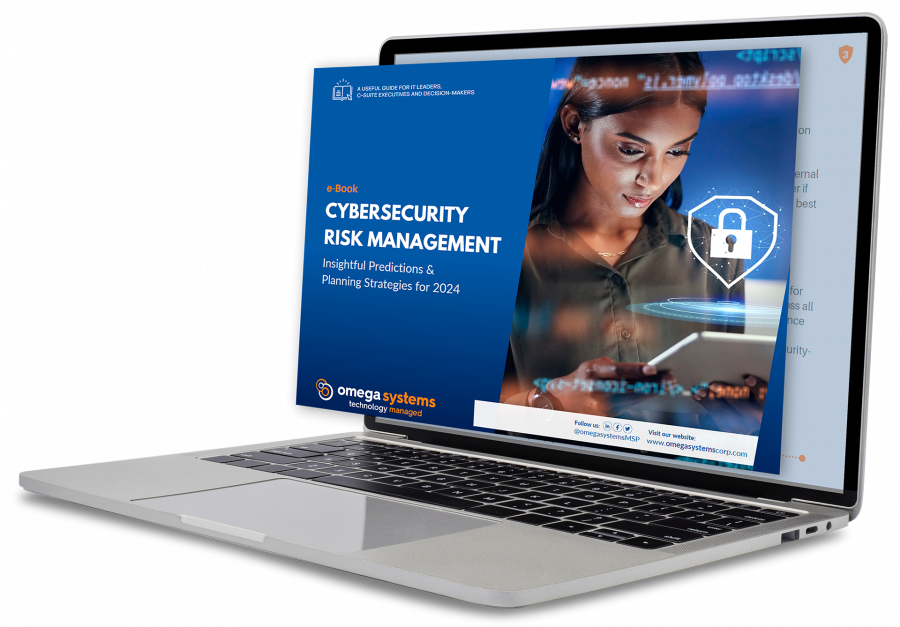
In this day and age, how do we learn? In our personal lives we might sign up for a class, virtual or brick and mortar, but what about in the workplace? How do we train, get trained, learn new skills, processes, workflow, or just plain learn how to do our jobs more efficiently? How do we, as contributors and leaders in our respective fields, deliver that content?
What about the other things we do to collaborate? Say, for an example, you own a non-profit that has dedicated the past several decades to helping people in less-than-desirable situations. You have staff devoted to traveling around the country, training your other staff that supports satellite offices helping those people you’ve committed your life to… how do you enrich your training program and help more people, all the while reducing travel costs and increasing quality of life for those trainers traveling the country?
What about traditional education? The entire world is going virtual… online classrooms, rich and meaningful content, increasing knowledge, understanding competencies, and it’s only getting more prevalent and popular given remote workforces and work-from-home lifestyles.
What if your organization is in support of a small subset of people that traditional learning mechanisms represent prohibitive expense and logistical challenges?
What if I told you there was a way? A way to standardize your training, orientations, continuing education, collaborative sessions… all the things. It’s called a Learning Management System, and you need one… it’s business vertical independent. Need to provide technical training? #done… Need to perform outreach as a non-profit? #handled… Need to standardize orientation? #noproblem…
I’ve included two business cases that further illustrate examples from above.
Business Case #1:
Bob works for a non-profit called Helping Hands. Part of his job is to handle community outreach. He handles 2-3 sessions per week that involve community members helping fight inequalities of lower-income families as it relates to education. His office can only support about 5-10 people per session and he’s turning people away due to a high signup (a good problem to have).
Since implementing their very own ‘Helping Hands University’, with the help of TNS, they can now offer recurring weekly sessions with anywhere from 20 to 50 people on at any given time. They can share presentations and whiteboarding sessions, audio, and video… best of all the sessions are recorded and available for playback should any community members miss it and want to catch up, which helps with the continued outreach. From a business perspective, Bob has decreased the overhead of hours spent prepping the office and preparing for the meetings and increased the touch points and overall satisfaction of everyone within the community that supports Helping Hands.
Business Case #2:
Jim works for a medium-sized corporation called Oculus Eyewear. He works as their corporate trainer and spends most of his time traveling from branch to branch onboarding new employees and bringing them thru their first days of orientation. Since implementing the Oculus University, Jim spends his days crafting training plans, coursework, and delivering onboarding content via their Live Classrooms to dozens of new hires simultaneously across branch offices. It’s helped him increase his utilization and decrease his time spent traveling, which has made management very happy and his family even happier due to the quality of life he gets back.
This solution will provide you the opportunity to evaluate your training plans and determine if this if a Learning Management System is right for you and your company. Contact The TNS Group today to learn more and to request a demonstration to see firsthand the impact it can have on your business.
Categories: Managed Service Provider, MSP Blogs




